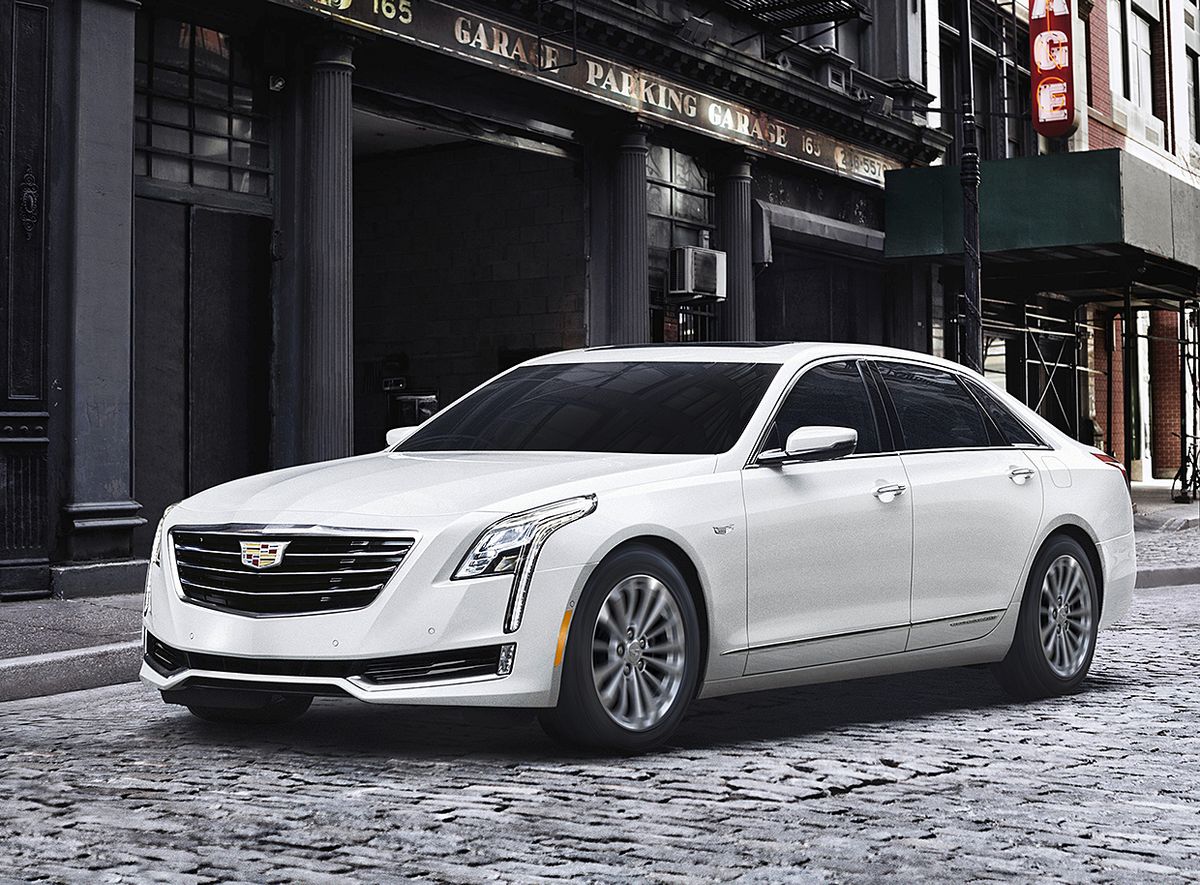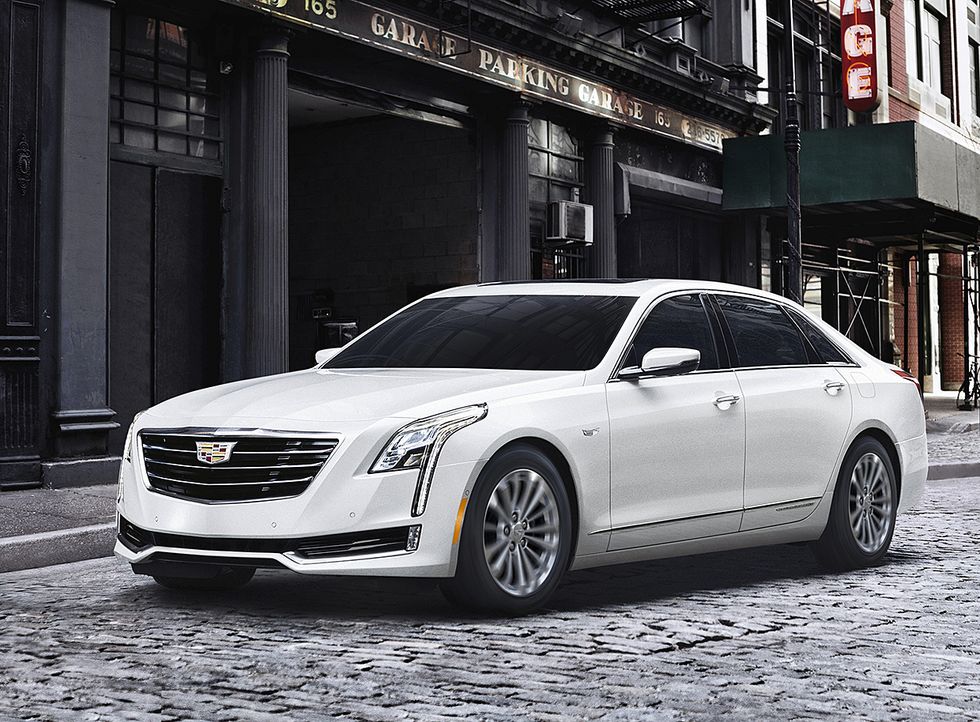2018’s Top 10 Tech Cars: Cadillac CT6
Right now, it’s the self-driving champion of the world


Sharp-eyed readers may wonder: “Hey, the Cadillac CT6 was in last year’s Top 10 Tech Cars. What gives?” What gives is Super Cruise.
Super Cruise sets a high new bar for semiautonomous systems. It’s smarter and safer than anything from Audi, Mercedes, or Volvo. It’s safer than even Tesla’s fine-but-flawed Autopilot. The CT6 is expressly designed for hands-off-the-wheel highway driving. On a highway north of Manhattan, I drove for more than 2 hours without once touching the wheel, gas, or brakes.
The first groundbreaker: The Cadillac is constantly updated, every 25 meters (82 feet) of travel, with GM’s proprietary lidar-based 3D maps of 210,000 kilometers (130,000 miles) of divided highways in the United States and Canada. That detailed information, including every last elevation change, guardrail, or bridge abutment, is combined with real-time, onboard sensor-fusion data from cameras, radar, and high-precision GPS.
The next coup is a driver monitoring system that addresses the major challenge of current semiautonomy: how to make a system robust and reliable without lulling drivers into text-messaging distraction or a false sense of security. Six infrared emitters in the Caddy’s steering wheel rim illuminate the driver’s face, allowing the gumdrop-size camera atop the steering column to monitor facial position, eyelid movements, and the focal point of the driver’s pupils. The system sees you, and it knows what you’re seeing.
MAPPED ROADS
210,000 km
MAP ACCURACY
5 centimeters
PRICE OF SUPER CRUISE OPTION
US $5,000
I could look away from the road for just under 5 seconds—plenty of time to, say, change a radio station—before the Caddy’s steering-wheel rim flashed red to demand that I get my eyes back on the road. Keep ignoring the system and it disengages, while escalating visual and auditory warnings. Ultimately, the system will stop the car in its lane, turn on hazard lights, and summon help via the OnStar phone connection. Return your eyes to the task on first warning and the Caddy continues chauffeuring you.
You don’t have to keep grabbing the steering wheel every minute or so to prove that you’re there. For now, drivers are on their own for lane changes, but even here the system clearly demarcates responsibilities: The steering wheel flashes blue whenever you assume physical control, then goes back to green once you’ve settled into the next lane. Simple. Transitions between robotic and human control are crystal clear.
Still, it’s not flawless yet. Every now and then, in certain locations and conditions, Super Cruise essentially calls in sick, and you’ll have no idea what made it stop working: The system errs on the side of caution, especially when it spots, say, disappearing lanes, poor markers, tangled interchanges, or construction zones. In that vein, Super Cruise for now works almost exclusively on highways with on- and off-ramps—essentially every major freeway in the United States and Canada, but not secondary roads. Still, by establishing clear and clearly communicated boundaries on when it can be safely used, Super Cruise represents a great leap toward genuine autonomy.
I’m also sold on the Cadillac’s ability to reduce fatigue on long trips or in snarled freeway traffic, which can wear out the most attentive pilot. I love to drive, but that kind of driving simply isn’t fun. Why not turn things over to a digital copilot? It’s relaxing to ease the seat back a bit and stretch your legs. Or heck, wave your hands to music from the Caddy’s 34-speaker Bose Panaray audio system, as I did to the surprise of some fellow motorists.
One bummer is that Super Cruise is a US $5,000 option for now, though standard on the roughly $85,000 CT6 Platinum model. But expect other automakers to mimic Super Cruise’s features, now that the bar has been raised. The current neither-nor state of “semiautonomy” has vexed the brightest minds in the business, as they wonder how to take the human driver out of the loop. As with aviation, it seems the answer is to keep the human in the loop—explicitly—at least until cars truly earn the “self-driving” honorific.
My hunch? It won’t be long until Cadillac drivers can roll from sea to shining sea with Super Cruise.